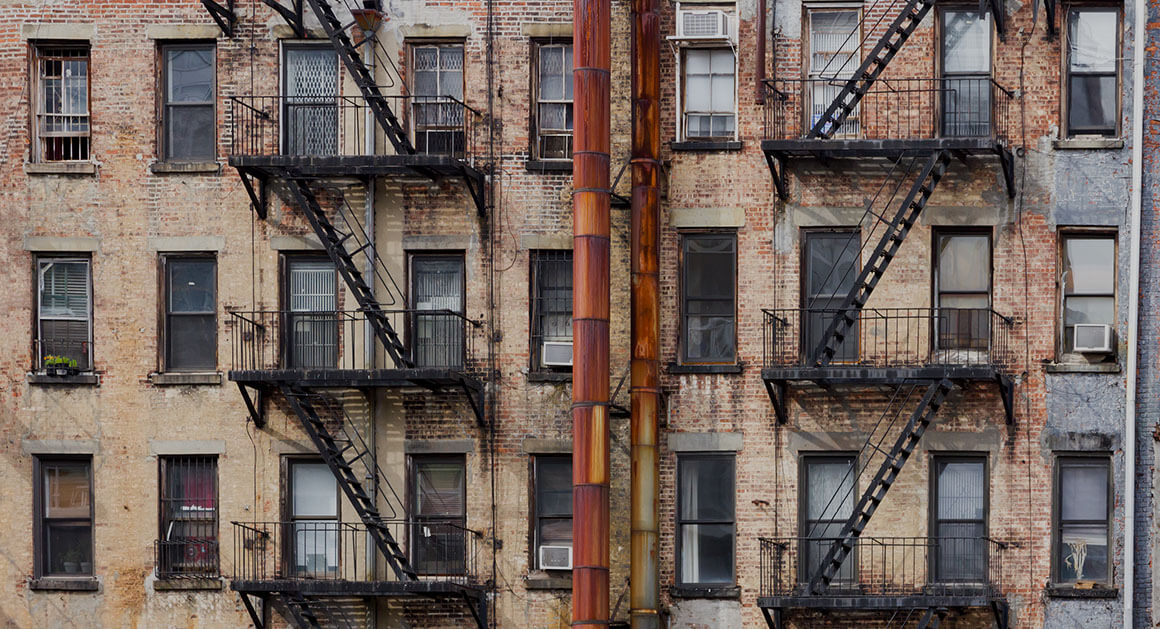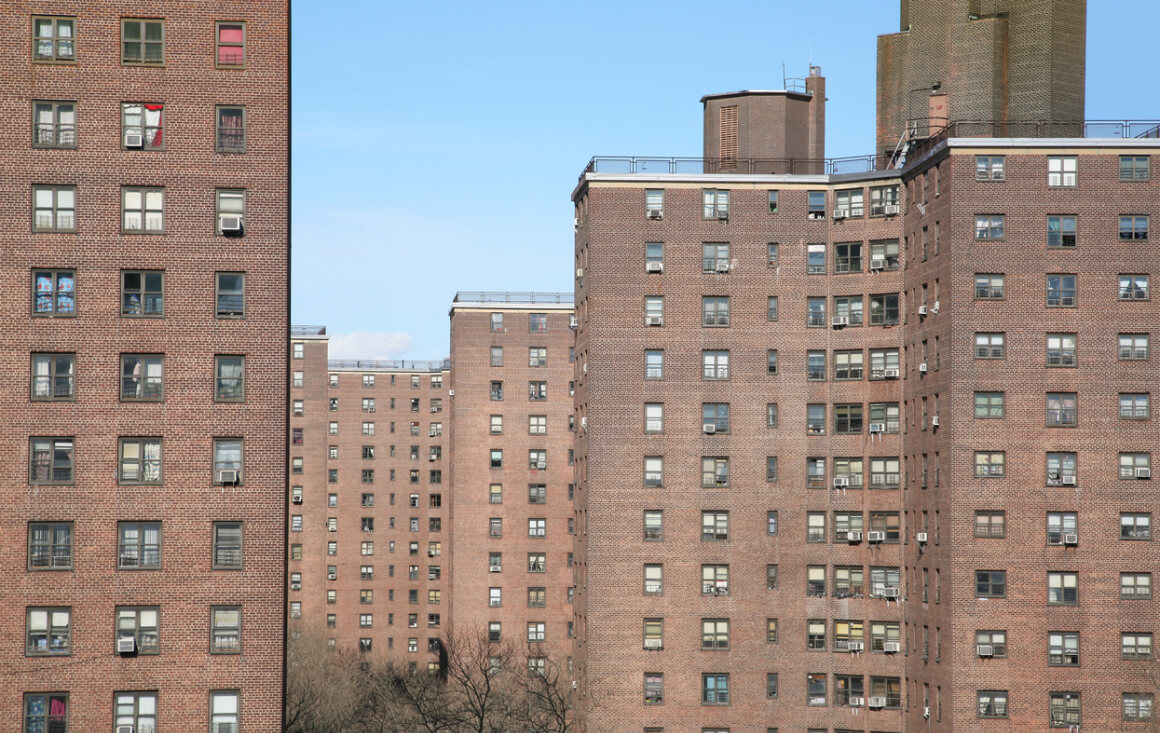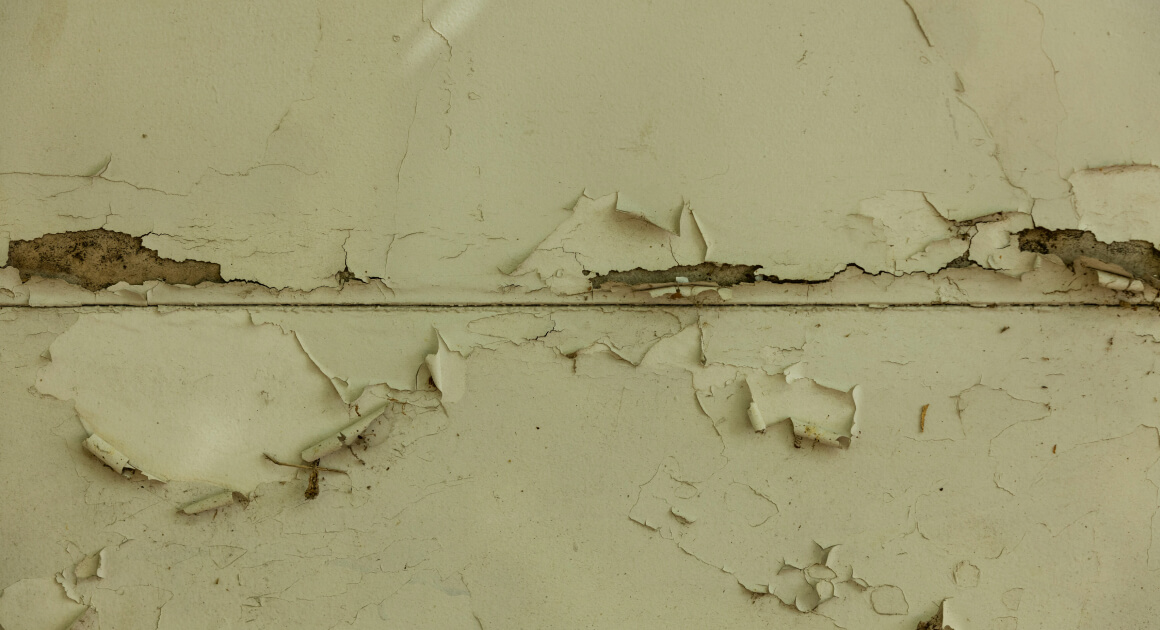In the laws statement of findings and purpose, the City Council said as follows:
“The New York city department of health and mental hygiene has reported for the year 2001 that among children tested, 5,638 were newly identified with elevated blood lead levels of 10 micrograms per deciliter or above. The New York city department of health and mental hygiene has reported for the year 2001 that among children tested, 653 were newly identified at or above the departments environmental intervention blood level, which is a blood lead level equal of exceeding 20 micrograms per deciliter in a single test or two reported blood lead levels between 15 and 19 micrograms at least three months apart, and has also reported an overall incidence of 931 children tested with blood lead levels equal to or exceeding 20 micrograms per deciliter. When a child is identified with environmental intervention blood lead levels, the city is obligated investigate potential sources of lead poisoning, incurring the expense of an environmental investigation and often times also incurring the expense of medical treatment and remedial education, if necessary. The Council finds that these blood levels among New York City children constitute a severe health crisis and has established as its goal the elimination of childhood lead poisoning by the year 2010.”
It is now 14 years later. The target date for the elimination of lead poisoning has come and gone for the last almost eight (8) years. Councilman Bill De Blasio is now Mayor Bill De Blasio. Michael Bloomberg is long gone as Mayor. But children are still being lead poisoned at an alarming rate in the City of New York.
News stories abound – from malfeasance of the New York City Housing Authority to the omissions of the Department of Homeless Services, it seems like we have another reminder of the lead poisoning crisis almost on a weekly basis.
Why has the City of New York failed so abysmally in achieving the stated goal of the elimination of childhood lead poisoning by 2010? The reasons are many. Some are the result of executive malfeasance in the discharge of the laws. Other reasons include infirmities in the legislative draftsmanship which resulted in cracks in the law thus letting certain landlords off the hook for causing children to be lead poisoned.
One of the key provisions of Local Law #1 is the “turnover” provision of the statute. This section of the law was designed to correct latent lead hazards from the New York City housing stock over time.
In effect, when a tenant moves out of an apartment the landlord is required by law to take that opportunity to remediate all lead based paint hazards and any underlying defects in the vacant apartment before renting it to the next tenant.
The turnover provision provides protection for children and adults alike. It requires that upon turnover of any dwelling unit in any multiple dwelling of requisite vintage, the owner is responsible to perform the following abatement efforts:
- “Remediate all lead-based paint hazards and any underlying defects exist;”
- “Make all bare floors, window sills, and window wells in the dwelling unit smooth and cleanable;”
- “Provide for the removal or permanent covering of all lead based paint on all friction surfaces on all doors and door frames;”
- “Provide for the removal or permanent covering of all lead-based paint on all friction surfaces on all windows, or provide for the installation of replacement window channels or slides on all lead-based painted friction surfaces on all windows;”
All of this construction and abatement work must be performed during the window of time between one tenant vacating the apartment and the next tenant occupying the apartment.
Of course, the law also mandated safe practices in the renovation process.
The law requires that the landlord maintain and transfer to any new owner the documentary record of the work that was performed prior to the re-occupancy of an apartment. The required record keeping likewise is comprehensive.
The records must contain the following records:
- The name, address and telephone number of the entity which performed the work required by the turnover law and the records must contain the “start date and completion date of the work that was performed”.
- A copy of all licenses and training certificates for the firms and people who performed work and lead contaminated dust clearance tests demonstating the absence of a lead dust hazard.
- The exact locations in the apartment where the work mandated by the turnover law was performed. This record must contain the rooms and the description of the work that was done as well as copies of the invoices for the work.
- The results of the lead dust clearance tests and proof that they were performed by an independent laboratory certified by the State of New York.
- Checklists for each day’s work.
The records must be kept by the owner of the premises for a period of 10 years from the date of the work and the records must be transferred to any subsequent owner of the building.
The turnover provision was a major factor in creating a mechanism for the eradication of childhood lead poisoning in New York City. The fact is that the Department of Health of the City of New York and the New York City Department of Housing Preservation and Development have not effectively and proactively enforced property owner compliance with this section.
How many enforcement actions have been brought against property owners for failing to comply with this law? How many violations issued when HPD or DOH finds lead violations on friction surfaces are issued citing violation of the turnover provisions of the law? When there are such violations, does the agency audit the landlord’s compliance with the law building-wide?
The answer appears to practitioners to be rarely.
And so, the degree of municipal enforcement of this provision of the law is at best suspect and the children in apartments which should be free of lead hazards are poisoned.
The law if properly enforced created a mechanism for the eradication of lead poisoning but the executive branch has inadequately executed this elaborate and important law.
Another aspect of Local Law #1 which requires present scrutiny by lawmakers in particular, is the unfortunate omissions in the definitions section of the law. While containing comprehensive definitions in Section 27-2056.2 of everything from what they meant by “chewable surfaces” to what is seen by the law as a “common area” in a building, the law is conspicuously silent on the definition of the protected class of children in New York City that the City Council intended to safeguard under certain sections of the law.
In those (non-turnover) sections, the law bestows protections to a child who “resides” in the apartment but fails to define what is meant by the word “resides”. Does that word include a child who spends every day – 8 hours a day – playing and sleeping in his grandmother’s apartment but returns “home” at night?
Some courts have narrowly construed that language and in some cases have limited the protections afforded to children who are intended to be the protected class of the statute.
The legislature would do well to reconsider this drafting omission and amend the law to define the term “resides” as including a child of requisite age who is present in an apartment on a frequent and ongoing basis.
This amendment would further the stated purposes of the law and help in achieving the eradication of the scourge of childhood lead poisoning in New York City.
We welcome your legal questions for topically relevant articles in the future. Feel free to compose a question – it may be addressed in future articles. Email Question
Free Case Evaluation
Fill Out The Form Below To Find Out If You Have A Case.
Thank you for contacting us. One of our colleagues will get back to you shortly.



